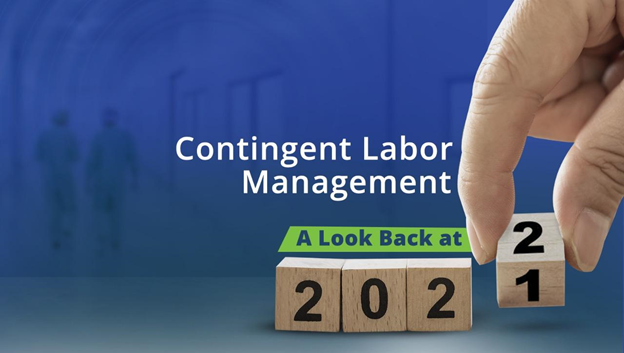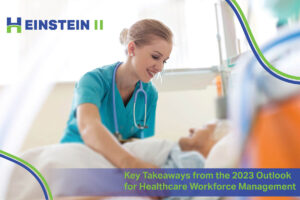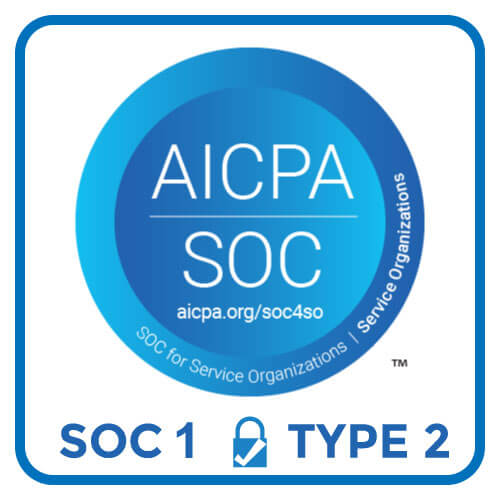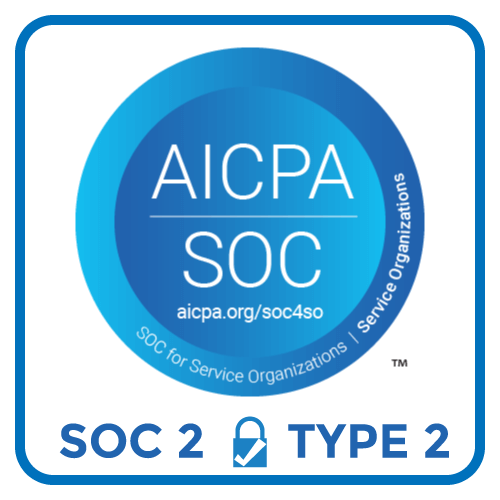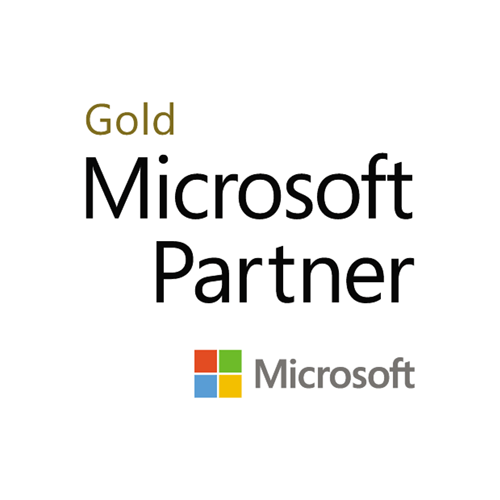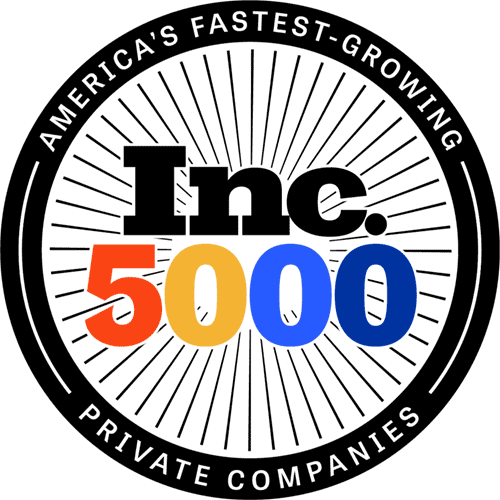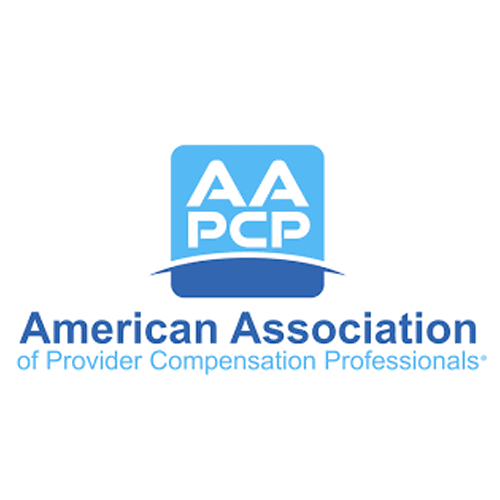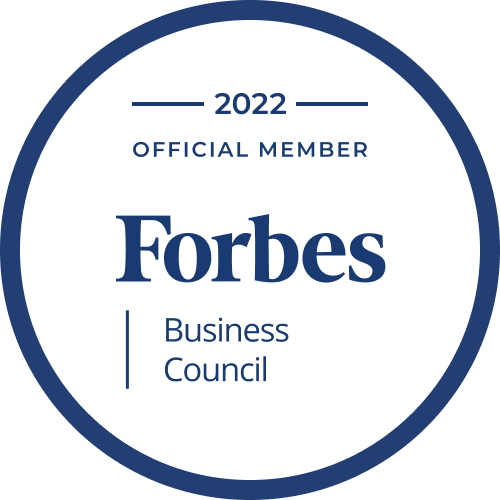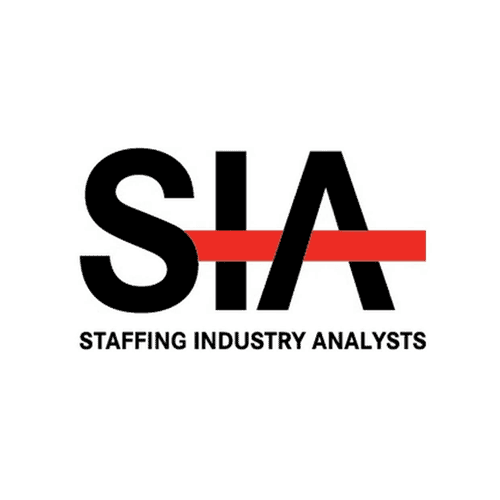Critical staffing and workforce management at hospitals and health systems has been pushed to the breaking point over the past two years. In 2021, the national turnover rate for RNs increased (again) to an all-time high of 18.7%. Not only is it incredibly difficult to find nurses and other clinical staff, it’s also harder than ever to keep them.
The resources are out there, but they’re not working for the hospitals. Instead, they’re switching to agencies. The agency business is consistently overperforming because they have figured out how to attract and engage this workforce – one that increasingly favors the flexibility, freedom, and control of a “gig style” employment model – while most hospitals have not.
This has turned into a vicious cycle for hospitals, with implications for recruitment, retention, and rising labor costs. “The job market for nurses is way out of whack,” writes Marketplace. “Traveling registered nurses are making far more than full-time staffers doing the same job. And that’s causing staffers to hit the road to take a traveling gig, only to be replaced by an expensive traveler.”
That’s a challenge we at Hallmark Health Care Solutions (“HHCS”) have spent the whole year focused on solving. Hallmark’s Einstein II platform is empowering organizations to address the challenges they face. As we recap 2021, the Einstein II team wanted to share resources we thought you would find valuable as we approach the New Year.
Pay Rate Data to Manage Rate Volatility
One key challenge in dealing with skyrocketing clinical rates has been a lack of visibility into how to price. To help, HHCS has begun providing the industry with real-time hourly nurse rates, as well as benchmark rates for more than 300 clinical and non-clinical roles.
In today’s healthcare labor market, contract labor rates change almost daily, so it’s important to have a baseline as well as a current snapshot of your competitive landscape. The Einstein II Labor Rate Reports were developed to do just that. With the data in these reports, hospitals and other healthcare organizations will be able to better manage their contingent labor spend by comparing their rates to agency rates within their state.
Access the pay rate data here.
White Papers & Articles
Increasingly, success in dealing with nurse and clinical staff recruitment, scheduling, and churn requires more than just the right tools: it needs the right strategy and the expertise to execute it. The Einstein II team is dedicated to helping our clients and others keep up with a rapidly changing marketplace. To that end, we published free resources during 2021 to designed to help organizations better position themselves to address ongoing workforce management challenges. Listed below are some of our most widely leveraged white papers and articles.
How to Fully Insource Nursing Vendor Management in just 30 Days
If your hospital or health system has a centralized staffing office or is interested in centralizing contract labor (and you can), HHCS can implement a start-to-finish program that you can run and control within 30 days. The result is a hospital-controlled, in-house digital staffing marketplace that works like an Uber for clinicians. This paper will detail how to get started. Read the full white paper here.
The Flipside of MSP Staffing Models: Why the Stakes Are Too High to Ignore
HHCS presents a candid interview with healthcare workforce leader & industry expert Marc Fucci. Across his career, he has witnessed how the actions taken by MSPs can negatively impact patient safety and access to care. Marc talks with HHCS about how the right workforce solutions – developed and supported by people focused on facilitating patient care – can advance access to greater volumes of quality caregivers in less time. Read the full white paper here.
Is Your Nursing Resource Pool or Float Pool Underperforming? Here’s What to Do
The reality is that most resource pools are not fulfilling the labor goals of the organizations they were created to support. This is not necessarily a fault by any individual; it is not possible to obtain the ideal outcome without the correct strategy and tools. So, what is needed to achieve ideal outcomes? Read the full article here.
5 Key Factors When Choosing a VMS
If hospitals and health systems want to be able to attract, engage, and deploy contract clinical resources quickly and effectively, they need a foundational tool: a vendor management system (VMS) that can handle this process. But not all VMS platforms are created equal. Here are five important success factors to look for when evaluating and selecting a VMS. Read the full article here.
Hiring the Nurses That You Need: Making the Impossible Possible
Successful hiring requires controlling the workforce management staffing process from start to finish. The best way to do that is by managing the entire contingent workforce from a single platform that offers both Internal Resource Pool (IRP) and Vendor Management System (VMS) functionality. That, in turn, can make seemingly impossible workforce outcomes achievable. Read the full article here.
Case Studies
With the right solutions, hospitals and health systems can definitely hire enough nurses and control spend. Over 2021, we’ve highlighted the strategies, tactics, and tools used by our own customers to solve some of their most pressing labor challenges – in many cases, increasing workforce size by multiples and reducing labor spend by millions of dollars. Here are four such cases.
One Tennessee-based health system tripled its float pool size in just 3 months.
Its program had been stuck, plateauing at only a few dozen employees. After implementing the Einstein II Internal Resource Pool (EII IRP) platform, they added an additional 84 just within the first 90 days. Consequently, they’ve reduced their reliance on agency and overtime even more and now staff around 5,000 hours monthly out of the cost-efficient IRP program. Read the full case study here.
One New Hampshire-based health system retained more patients and achieved over $6M in cost savings.
They had been losing thousands of patients annually to medical centers in the Boston area due to major staffing shortages. They used EII IRP to create an internal float pool to manage all contingent resources clinically across all sites, including ambulatory settings. As a result, they reported a savings of over $6M in labor cost reductions. Read the full case study here.
One Detroit-based health system reduced agency/overtime by as much as $13.5 million.
To find the nurses it needed, this health system had been overspending on agency and overtime just to fill open needs. They now manage nearly 400,000 hours annually through EII IRP. As a result, their IRP program has likely saved the organization upwards of $13.5 million net on an annual basis. Read the full case study here.
One multistate health system cut agency costs by half while hitting a 97% fill rate.
With over 90 hospitals across multiple states, this health system was growing fast and struggling to staff commensurately. They deployed both EII IRP and EII VMS to be able to effectively source contract and travel nurses through an agency panel of their choosing. With both platforms working together, the health system could use their own float pool as their first choice to fill open needs and only seek external agency help when internal options had been exhausted. That significantly brought down agency spend. Read the full case study here.
Coming Up in 2022
The challenges facing the healthcare industry aren’t going away anytime soon. HHCS is already hard at work on its next white paper: the 2022 Outlook for Healthcare Workforce Management – coming in January. Drawing wisdom from our own experts, as well thought leaders from other forward-looking organizations, we’ll be highlighting the major trends, issues, and questions that every hospital and health system need to be thinking about as they head into the new year.
Then, in February, we’ll be releasing the next quarterly update to our healthcare pay rate data, which will be accessible here.
In the meantime, we extend our warmest wishes for a Happy New Year and holiday season to all of our clients, colleagues, and readers.

